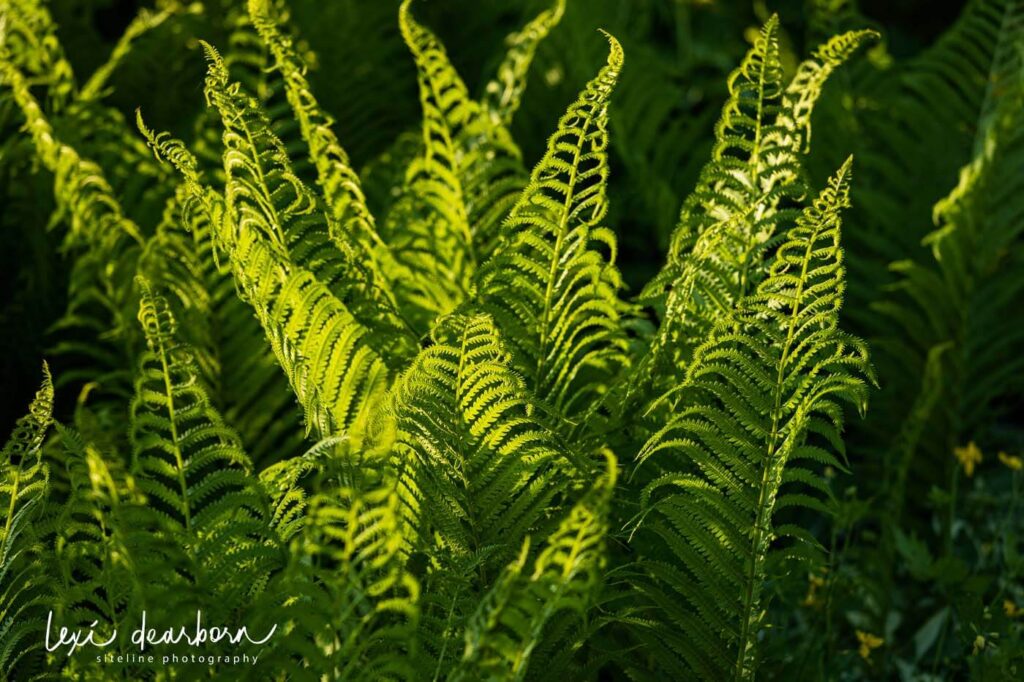Sun, water, and soil are vital to promoting healthy plant growth. Perennial gardeners usually want abundant blooms, so understanding how much sun a garden area receives is important to select ‘the right plant for the right location.’
When plants that require full sun to grow are placed in the shade, they tend to become leggy with little or no blooms. Meanwhile, when shade-loving plants are placed in the hot afternoon sun, they soon become sunburned (sun scold), showing white patches on leaf edges. These patches will turn brown and crusty over a short period of time. If you want your plants to thrive, please make sure you understand your light conditions.
In the plant garden design world, light conditions are divided into four basic categories: Full Sun, Part Sun, Part Shade and Full Shade.

What does it all mean?
Understanding light conditions can be frustrating. While these categories might seem easy, light is by far the most misunderstood component of garden planning. Let’s start with each light category. Remember, you need to think like a plant. If you were a plant in a garden, how much direct sunlight would you get each day?
Full sun: This is a pretty easy one. Plants receive at least six hours or more of direct sunlight each day.
Part Sun: Plants receive between three to six hours of direct sun each day.
Part Shade: Plants receive between three and six hours of direct sun; however, the light is gentle, such as early morning light. These plants should never be located where they are exposed to intense mid-day sun.
Full Shade: Plants require less than three hours of sun directly on them each day. This could be an area on the north side of a house or under a shade tree, where the sun only infiltrates the tree canopy for a few hours each day.
Why is this important?
Studying light conditions throughout your yard all day will help ensure successful plant selection. There is no sense in placing a shade plant in full sun conditions and asking it to thrive. It’s just not going to happen.
Here are a few tips to take into consideration when mapping light:
- The sun rises in the summer around 5:30ish (a.m., that is), even if you’re not up until 8 a.m. East-facing gardens will receive light from 5:30 a.m. onward.
- Neighboring buildings and mature trees can block sunlight onto garden areas during the day. Wood fencing will have the same effect by creating shade at direct times of the day.
- Removing a mature tree can turn a shade garden into a full sun garden very quickly.
- Mid-day sun is directly overhead and creates the most intense light and heat for plants.
- If you’re planning to place gardens in a westerly direction, remember the sun can still be hot as the sun lowers in the sky. Sunset is usually around 8:30 PM.
- If you’re home has a large overhang, this will affect the amount of light the areas around the house receive.
- Southern light is the most intense, with east and west light exposures being about 60 percent less intense—northern exposures receiving about 20 percent lighter intensity than southern locations. Southern exposure is hot, east and west exposure is warm, and north exposure is the coolest.
With time and patience, mapping light can be very rewarding. Once you understand how much light reaches each garden area, you can select the ‘right plant’ for your garden conditions.
